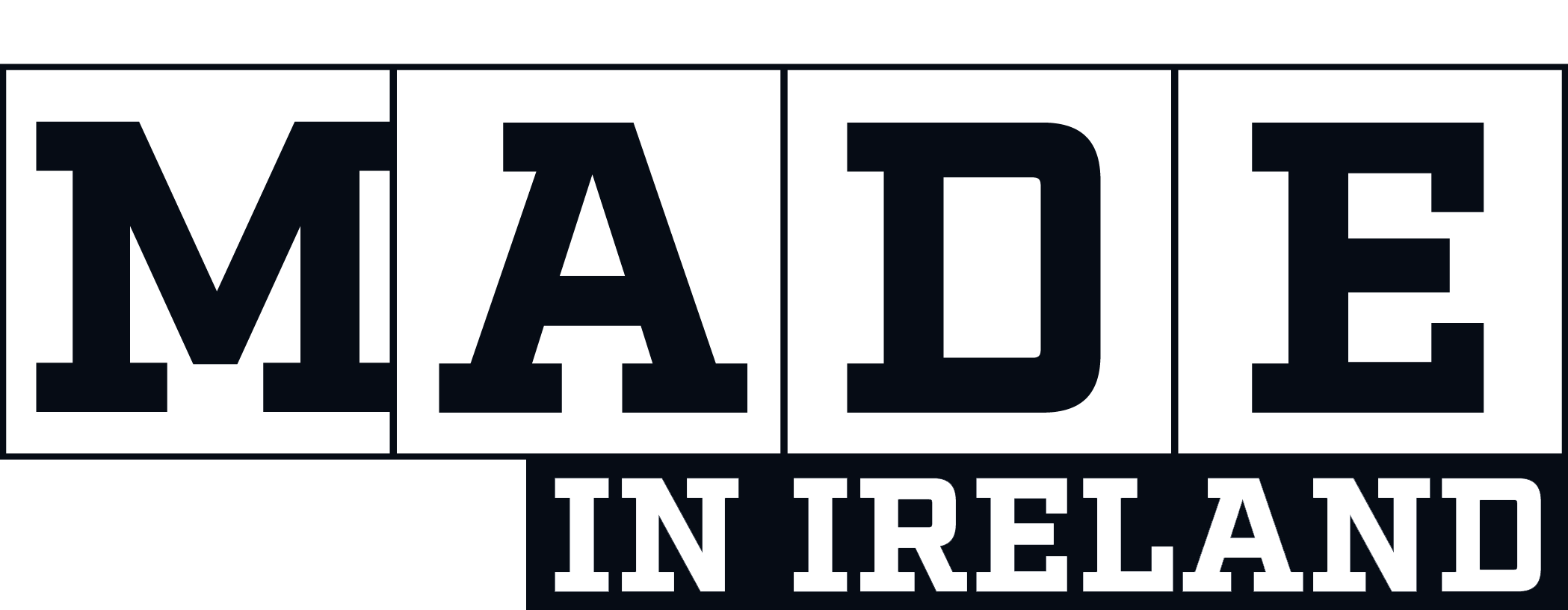The food and drink industry is the UK’s largest manufacturing sector, whilst the agri-food sector constitutes 13% of employment. In Ireland, the 250,000 agri-food jobs are directly linked to the performance of the entire economy. In the United States, more than 1.7 million people are employed in the food and beverage industry.
Behind these stats are the individuals responsible for making the food and beverage industry tick. These individuals make up the forces — on the front lines and behind the scenes — of a vast variety of businesses that includes growers and producers, processors and manufacturers, wholesalers and distributors, service providers, restaurants, and retailers.
Have you been effective at engaging the individuals who work for your food or beverage business? Or have you struggled to figure out how to ensure employee engagement efforts add value to your business?
The Challenges
If you’re in this industry, you likely have your plate full of challenges, including a tight labour market, heavy competition, and high turnover, along with the constant needs to innovate and create a differentiated customer experience.
There are a number of circumstances underscoring these challenges, but a couple of trends are particularly notable. First, the rising importance of technology for everything from, say, ordering a meal, to that meal’s packaging, to robotics that manufacture the packaging and even process the food.
And second, the rise of customer control: customers who want everything delivered, even foods that don’t exactly travel well; conscience- or belief-driven purchasing; and customer choice reigning supreme (do you want rice or greens as a base for that ‘design your own’ bowl?).
Engaging Employees While Boosting Revenue
What do these trends mean for the hundreds of thousands of employees in this sector, as well as those who employ and manage them? In one sense, these changes mean employees are in an exciting, promising sector poised for growth (to the tune of GBP6562m in the UK at an annual growth rate of 5.8%; and US15,409m in the United States).
But as businesses focus on growth and invest in improved processes, innovation and customer experience, employee experience is getting lost. And when you don’t offer a rewarding, engaging employee experience, that can lead to growth-hurting staff shortages, amongst other issues.
It’s true that given the desk-less nature of many of the jobs in the industry, employee engagement is especially difficult. But engaging your employees has a clear strategic advantage, as it can increase workplace satisfaction and profits.
Just as important, an engaged employee is more likely to stay your employee, and in an ultra-competitive labour market, having the people you need is crucial to your success.
What does engagement look like in the food and beverage industry?
It will absolutely look different depending on your niche. For front-line employees in a restaurant setting, it could look like a hospitable, energised employee. In a manufacturing or processing setting, it may look like an employee who owns a task with pride or has the leverage to innovate in their space.
Here are four things we recommend for elevating employee engagement within the food and beverage workplace: Increase and improve feedback; concentrate on culture; foster emotional connection to a role; and invest in digital tools that promote engagement and employee communication.
#1 Increase and Improve Employee Feedback
According to the publication Food Industry Executive, low wages aren’t the number one complaint of employees. Lack of proper feedback is. The old way of thinking about feedback as periodic — such as that provided in an annual performance review — won’t cut it in today’s work environment.
You must develop a way to provide and ask for constructive feedback more frequently and in a way that is more personalised. Employees today want to know their individual contributions are noticed, recognised and appreciated. Look for opportunities to integrate peer-to-peer feedback and to communicate recognition on a daily basis.
#2 Concentrate on Culture
Another reason to get the feedback wheel running smoothly: culture. Perhaps not surprisingly, culture is negatively affected by the wrong kinds of feedback. At its heart, company culture is often described as a shared set of values that fosters community.
Engaged employees recognise culture manifesting itself in the form of supportive management, a positive work environment, opportunities for growth, and leadership they can trust. Employee communication that engages employees from the perspective of culture should focus not just on publicising these values, but also on encouraging and recognising value-centric actions and behaviours.
#3 Foster Employees’ Emotional Connections to Their Roles
This can be tricky to do in a work environment that is often purely transactional: Employees might take an order, wipe down tables, or stock the bakery case. Or they may be responsible for one task in a production line.
So how can you get employees to care on an emotional level about these kinds of jobs? First, they need to find the work meaningful and they need to view the job they’re doing in a strategic context. To feel connected, they need to like — not just understand — a company’s vision, and they need to know what their responsibilities are and how they play into the greater vision and purpose of the company. When that is communicated effectively to employees, they feel elevated from a “cog in the wheel” position, and their sense of value within the organisation increases.
#4 Invest in Digital Tools That Promote Engagement & Communication
Food and beverage companies are scrambling to adopt technologies that will better the customer experience or keep pace with certain market demands. For instance, investing in mobile payment platforms, self-ordering kiosks, customer apps, and so on.
Investing in technologies that better the employee experience and improve employee communication is every bit as imperative. Digital tools, such as employee communications apps, can be used for everything from integrated payroll to rota scheduling, sharing important health and safety information, to empowering employee-generated feedback and content as well as encouraging peer-to-peer recognition.










